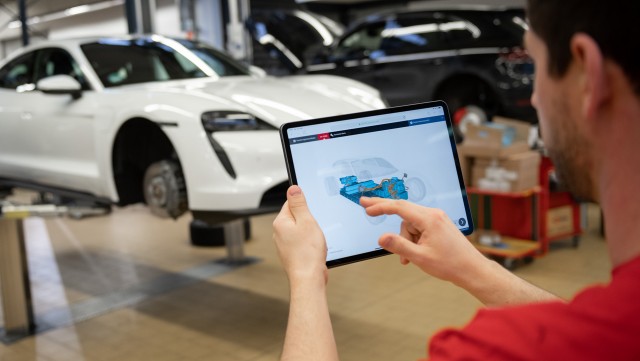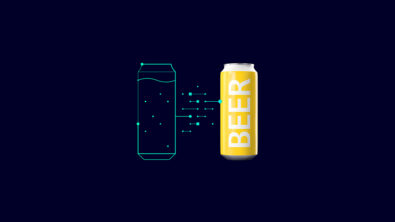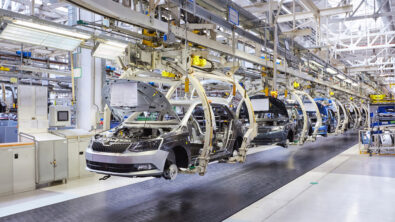Transforming automotive industry value chains in the metaverse

Today’s teenagers effortlessly incorporate the metaverse and its benefits into their daily lives, offering valuable insights. From an early age, they immerse themselves in virtual worlds through online games. These digital natives don’t require an explanation of the metaverse; they instinctively understand and engage with it. However, for those unfamiliar, a concise explanation suffices: the metaverse enables users to control avatars navigating virtual environments, facilitating interaction, creation, and sharing. While this may seem like a distraction for teenagers, there’s immense potential to leverage the metaverse for improving real-world scenarios and industrial operations.

Addressing Future Challenges in Dynamic Work Environments
Amidst evolving supply chains and increasingly complex working conditions, the metaverse presents numerous opportunities for shaping a more promising future. Digital twins, virtual representations of physical objects or processes, offer a means of interaction and collaboration. For instance, a digital twin of a car could communicate with a digital twin of a gearbox, or a digital twin of a zero-emission initiative could coordinate with a digital twin of a transport network.
Tackling Complex Challenges Beyond Human Capacity
Despite the challenges posed by varying levels of depth in digital twins, their ability to communicate and analyze data from multiple perspectives holds immense promise. This capability empowers the resolution of problems that surpass human cognitive capacities.
Anticipating the Next Industrial Revolution
Recent years have witnessed significant transformations in the automotive sector, driven by advancements in technologies such as robotics, 3D printing, and the Internet of Things. These innovations have revolutionized manufacturing processes. Concurrently, the industry grapples with the complexities of product design and lifecycle management, necessitating collaboration across supply chains, logistics, and aftermarket services. Companies must consider the entire product lifecycle, not only to meet zero-emission targets but also to ensure long-term viability.
Integrating Virtual and Physical Realms
Siemens Digital Logistics continues to pioneer innovations that bridge the virtual and physical worlds, enhancing product development, manufacturing, and logistics. By integrating digital twins into the design phase, companies can make informed decisions that impact environmental sustainability and cost-effectiveness.
Optimizing Decision-Making through Digital Integration
Digital twins facilitate seamless communication between product design and supply chain management. By combining these aspects, designers gain valuable insights into material choices and their environmental impact, enabling rapid evaluation of production scenarios and logistical considerations. This integration streamlines decision-making processes and enhances overall efficiency.
Overcoming Information Barriers
In the realm of electronics, which play an increasingly vital role in automotive applications, complex supply chain challenges arise. Digital twins offer a solution by facilitating communication and data sharing among various stakeholders. However, despite technological advancements, crucial information often remains siloed in outdated systems. Breaking down these barriers and enabling digital integration can revolutionize decision-making processes and enhance supply chain resilience.
Leveraging Data Insights for Strategic Advantage
Siemens’ acquisition of Supplyframe, a leading electronic components marketplace, underscores the importance of leveraging data for strategic decision-making. Supplyframe’s extensive database and AI-driven insights provide valuable foresight into supply chain dynamics, empowering companies to make proactive decisions and enhance innovation.

Harnessing Metaverse Capabilities for Strategic Planning
The metaverse offers a plethora of benefits, including immersive simulations that integrate digital twins with logistical and manufacturing data. These simulations enable companies to anticipate future scenarios, identify bottlenecks, and explore alternative strategies. By embracing these capabilities, businesses can transition from reactive to proactive decision-making, effectively navigating the complexities of a dynamic world.
In conclusion, while we face a world of increasing complexity and uncertainty, we possess the tools and capabilities to overcome these challenges. The metaverse, far from being a mere distraction, holds the potential to revolutionize industries and drive positive change on a global scale.


